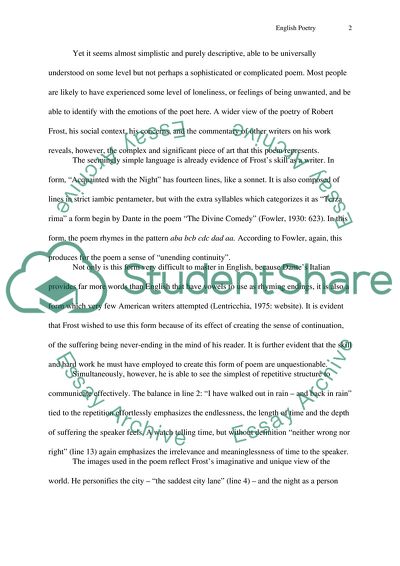Cite this document
(“Acquainted with the Night by Robert Frost Research Paper - 1”, n.d.)
Acquainted with the Night by Robert Frost Research Paper - 1. Retrieved from https://studentshare.org/literature/1578229-acquainted-with-the-night-by-robert-frost
Acquainted with the Night by Robert Frost Research Paper - 1. Retrieved from https://studentshare.org/literature/1578229-acquainted-with-the-night-by-robert-frost
(Acquainted With the Night by Robert Frost Research Paper - 1)
Acquainted With the Night by Robert Frost Research Paper - 1. https://studentshare.org/literature/1578229-acquainted-with-the-night-by-robert-frost.
Acquainted With the Night by Robert Frost Research Paper - 1. https://studentshare.org/literature/1578229-acquainted-with-the-night-by-robert-frost.
“Acquainted With the Night by Robert Frost Research Paper - 1”, n.d. https://studentshare.org/literature/1578229-acquainted-with-the-night-by-robert-frost.


